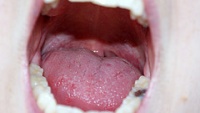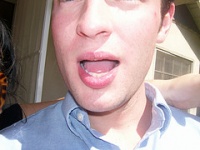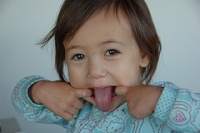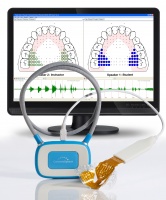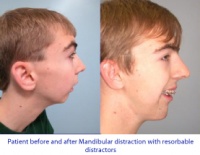
Q: My client is 4;0 with a frontal lisp with a very small mandible (underbite) and chronic upper respiratory problems––congestion, nasal drip, mouth breathing, snoring, etc. He cannot breath through his nose. Do you think he is capable of learning to keep his tongue in for the sibilants given his underbite? Yours is a very common question for which we have no clear answers. In all likelihood both the under-bite and the upper respiratory problems are contributing to his speech…

